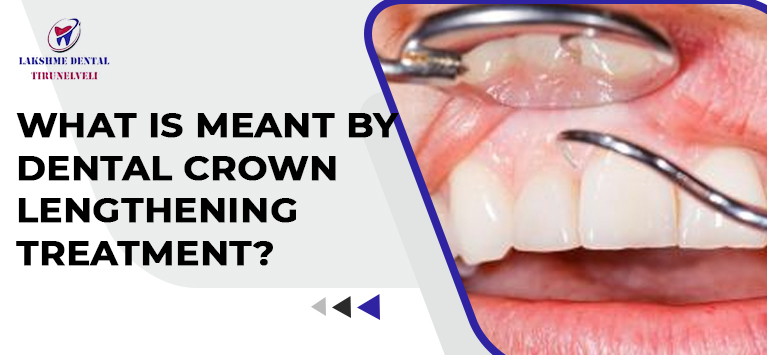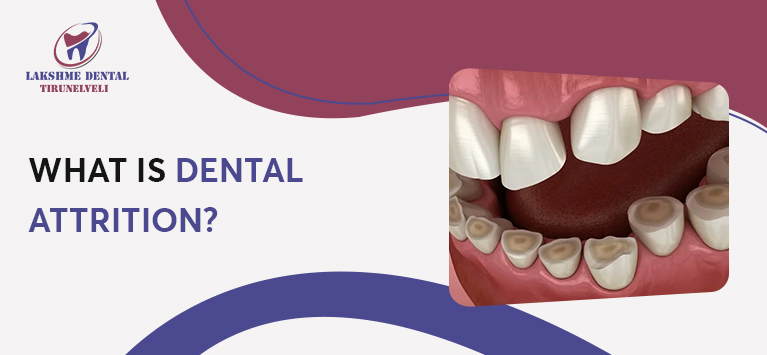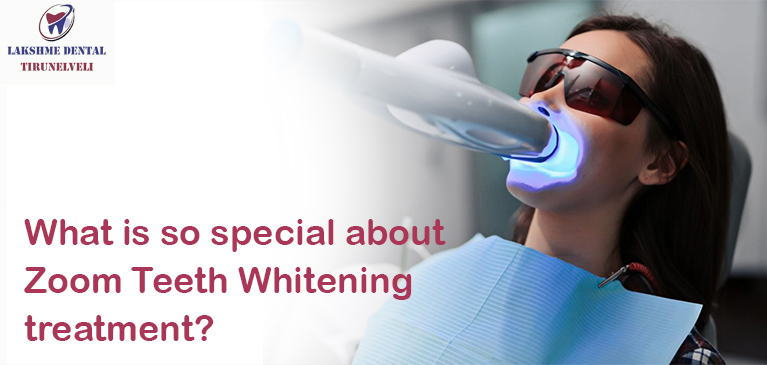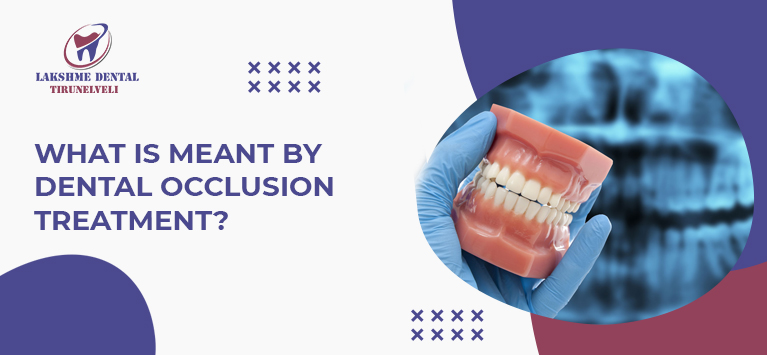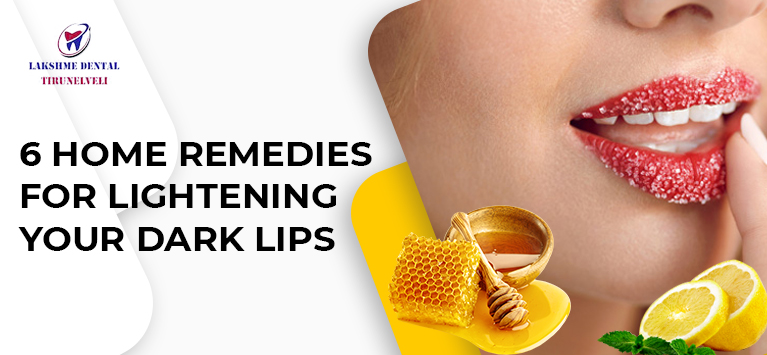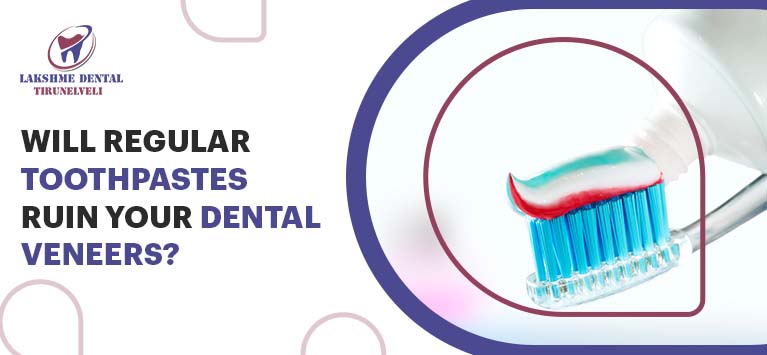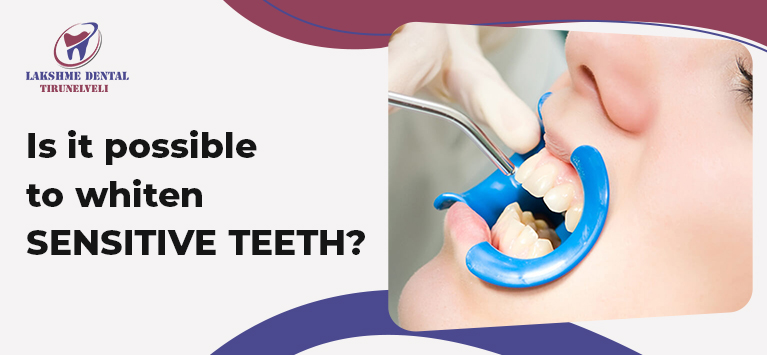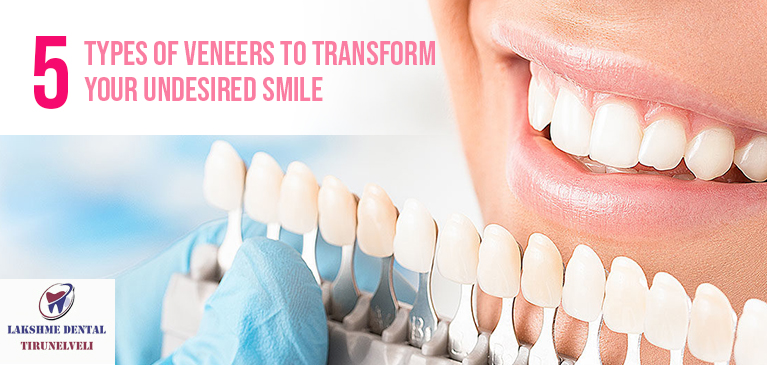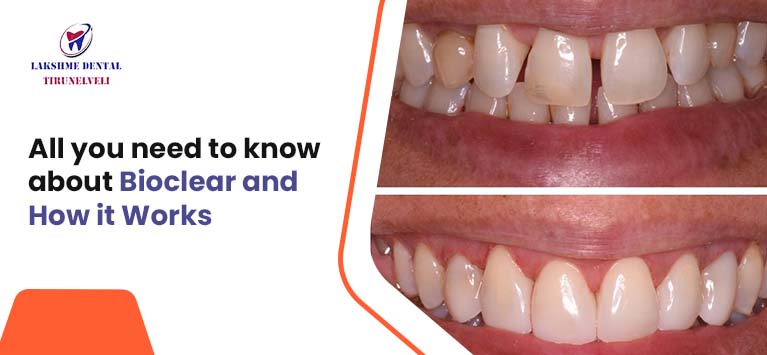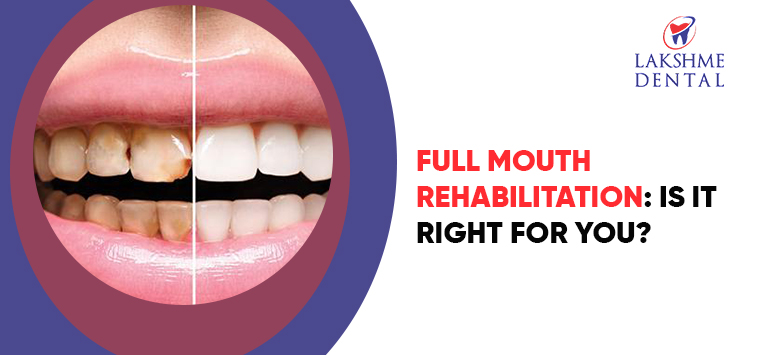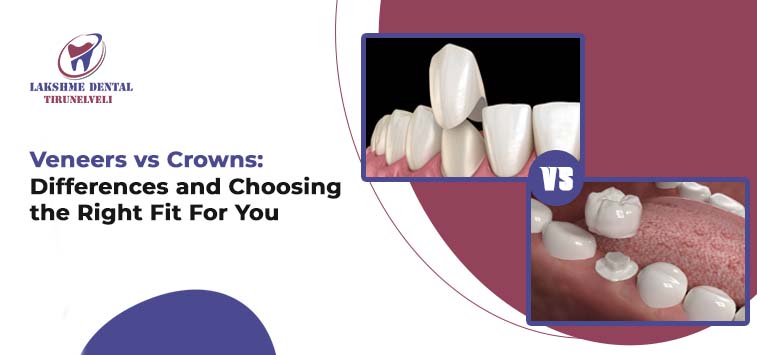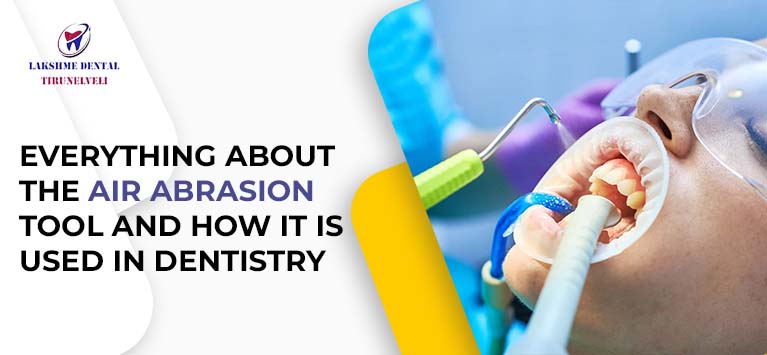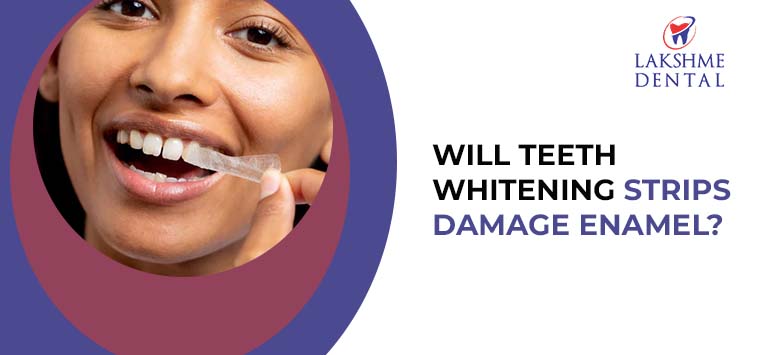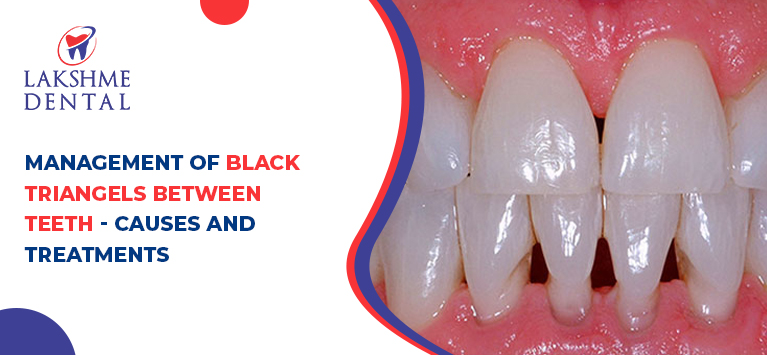
Management of Black Triangles Between Teeth – Causes and Treatments
The demand for aesthetic dentistry has rapidly increased due to increased awareness of aesthetics and beauty. Achieving white and pink esthetics in esthetically important zones is the main objective of contemporary restorative dentistry.
White esthetics means the natural dentition or restoration of dental hard tissues with appropriate materials. On the other hand, Pink esthetics describes the soft tissues surrounding the teeth, such as the gingival and interdental papilla, which may enhance or deteriorate the appearance.
In this article, you will learn about dental black triangles and how to manage and treat them.
What are black triangles?
Black triangle teeth, or gingival embrasures, actually mean the gaps between the teeth and the gum lines, which appear as the triangular gap between teeth.
They can draw unwanted attention when someone is smiling. They particularly happen as we age and occur more frequently in smokers and people with gum or periodontal diseases.
Not only do they make people look older, but they can also trap foods and accumulate plaque, tartar, and discolour teeth, which increases the risk of tooth decay and gum diseases. They can sometimes affect your speech or result in spitting while talking.
Causes of black triangles
There are several reasons why black triangles between the teeth can occur, but some of them are related to the condition of your teeth and gum. The leading causes of dark triangles between teeth are the following:
Gum recession
Gum recession results in smoking, ageing, and periodontal gum diseases, which cause your gums to pull away from the teeth and leave their roots prone to bacteria and cavities.
Bone loss
Bone loss can be brought on by gum diseases, osteoporosis, and other conditions because gum tissue in that area may also recede when you have bone loss.
Dental hygiene habits
Since it is sensitive, brushing your teeth aggressively or using a bigger brush can damage your gums over time. It can also result in dark triangles.
Shape of tooth
Some individuals have rectangular teeth where the width at the gum line and the width at the biting point are not much different. But some people have teeth that are narrower at the gum line, causing the tooth to have a more triangular shape. Teeth with triangular shapes are more likely to develop these triangle gaps.
Orthodontic treatment
If you have undergone orthodontic treatment like braces, you can have black triangles due to the shift in your teeth. In such cases, you may need to repeat that treatment.
Treatments
There is a plethora of treatment options available for treating black triangles, depending on the underlying cause of it. Some of the most common treatments are the following:
Gingival surgery:
This surgical procedure is used to reposition or rebuild the interdental papilla.
Restorative dentistry:
We can sometimes treat these triangles by filling them with composite resin or porcelain materials.
Orthodontic treatment:
If the position of your teeth is causing a black triangle, orthodontic treatment can be used to shift your teeth closer together.
Tissue engineering:
This is a new procedure that involves growth factors to stimulate the development of new gum tissue.
Your dentist or oral surgeon can help you examine your condition and suggest the best treatment option.
Preventions
In order to treat, there are several things that you can do to help prevent black triangles. Including,
- Practising good oral hygiene, including brushing and flossing your teeth and visiting your dentist for regular checkups and cleaning, can help you prevent dental triangles.
- If you have periodontal or gum disease, visit your dentist. They can recommend the best treatment to help prevent further gum recession and the development of black triangles.
- Avoid using tobacco that can harm your gum and make them more susceptible to recession.
- Maintaining a healthy balanced diet can help you reduce inflammation and improve overall oral health.
Bottom line
Several factors can cause a black triangle between teeth, including age, smoking, bone loss etc. However, it is important to fix those conditions for cosmetic purposes and dental well-being. There are many treatment options available to treat gingival embrasure. Your dentist will recommend an appropriate treatment that is best for you.

